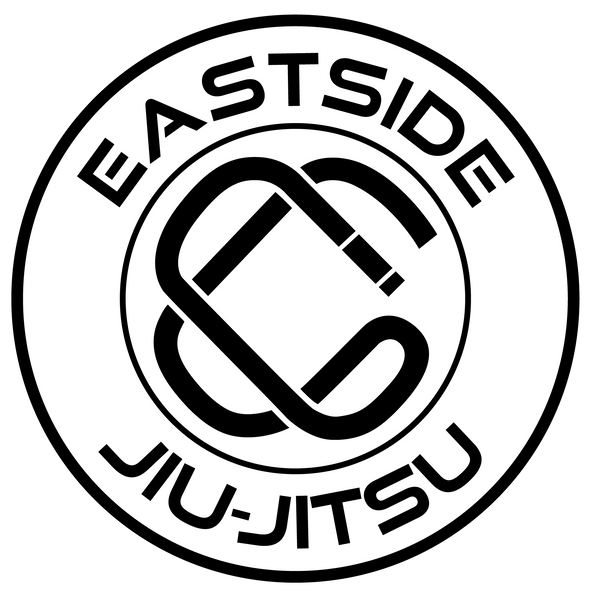Old School vs. New School Definitions:
(entirely subjective)
Old school: A term often used to refer to a style of Jiu-Jitsu with its roots in self-defense, emphasizing takedowns, pressure, and control of an opponent through the classic time-tested positional approach to BJJ - utilizing the mount, side control, and the closed guard.
New school: A term often used to refer to more modern technical innovations in the world of sportive Jiu-Jitsu, utilizing advanced open guard techniques, inversions, lapel play, and leg attacks. This style of Jiu-Jitsu is at times criticized for its deviation from the origins of the martial art and its focus on match winning tactics such as guard pulling or stalling.
Individual and Gym Differences:
Brazilian Jiu-Jitsu (BJJ) is a martial art that can mean many different things to many different people.
While there is some consensus among experienced practitioners in terms of what may be considered the fundamentals of Brazilian Jiu-Jitsu, there may be a similar amount of disagreement when it comes to which techniques a new student should focus on when beginning their journey into grappling.
This disagreement is further complicated as we factor in the wide variety of different reasons individual students have for training BJJ. Some folks are on the mat to learn to defend themselves, others to improve their level of fitness, and others might have ambitions to compete in the gi, no-gi, or even mixed martial arts (MMA) in the future.
Instructor/gym lineage also has a large role to play in the techniques new students are exposed to. Some schools begin instruction with a self-defense oriented curriculum emphasizing positions that students might encounter with an untrained aggressor (including strikes). Other schools may begin instruction with a positional focus emphasizing the common core positions that we wind up in on the ground in a regular training session (closed guard, side control, mount, back control, etc.). Other schools may begin instruction on fairly advanced, competition-specific positions and employ a sink-or-swim approach with new students.
Oftentimes, gyms are categorized as either old school or new school based on their stylistic differences and preferences towards particular techniques. Similarly, practitioners might be labeled as pressure-passers, mma guys, butt-scooters, leg lockers, or lapel players depending on how they choose to structure their games.
As for my own perspective, I find it all valuable. The time tested positional sparring route is valuable. A Jiu-Jitsu session with strikes is valuable. Studying the berimbolo or the current leg-lock meta can be as valuable to a competitor as it may be to a hobbyist looking to expand their technique repertoire and keep jiu-jitsu engaging and fun. An understanding of the standup game and takedowns is certainly critical to being a well-rounded grappler, just as it is for someone looking to defend themselves on the street.
In terms of how I’ve tried to structure my own game, I’ve always aimed for a well-rounded technique selection. While I may be disposed toward playing x-guard and utilizing lapel chokes from the back in competition, I also have a love for old-school Gracie self-defense techniques, and love to pick the brains of wrestlers and judokas whenever I get the opportunity. As a coach, while I certainly have my preferences when it comes to my own favourite techniques, I also have a student base that varies in their preferences and reasons for doing BJJ.
The value we place on the particular techniques we choose will vary greatly depending on our individual goals as martial artists. If we can keep a beginner’s mind in our practice, and approach some of the different styles and methodologies with some curiosity and humility, we may stumble across some big opportunities for technical growth - whether we fall into the old school or new school group.
Roger Gracie talks berimbolos, 50-50 & learning BJJ from YouTube
Mendes Bros | 2014 Rickson Cup Highlight
Keenan Cornelius Worm Guard Arm Bar
Matt is a BJJ Black belt and head instructor at Eastside Jiu-Jitsu Club in Orleans, Ontario.

